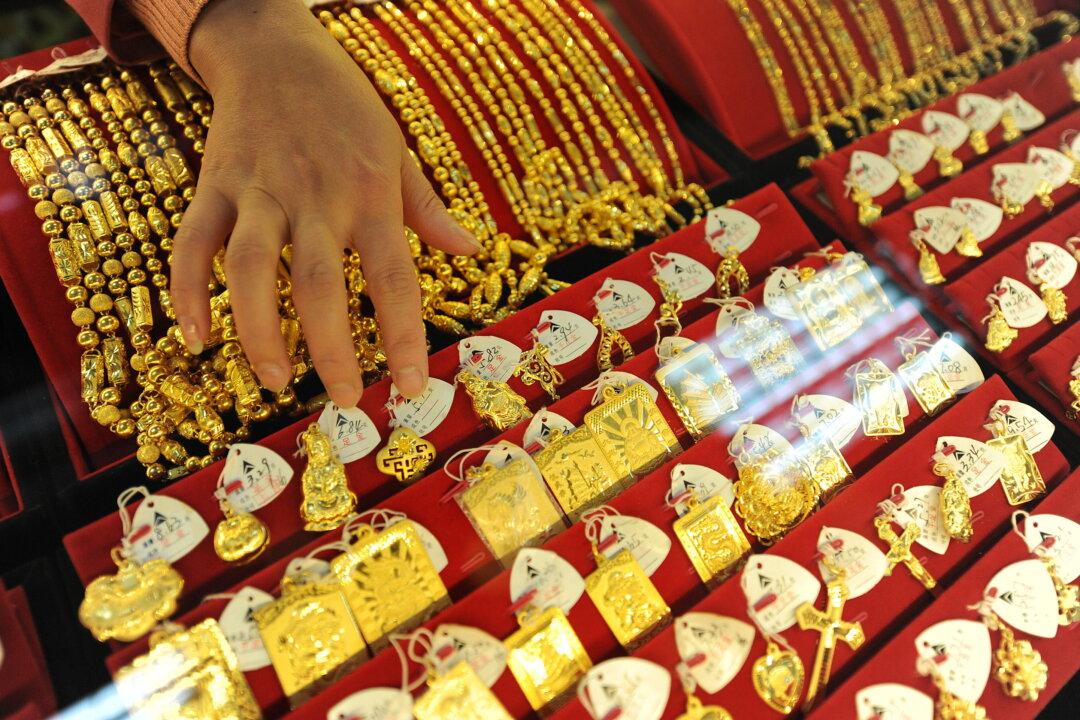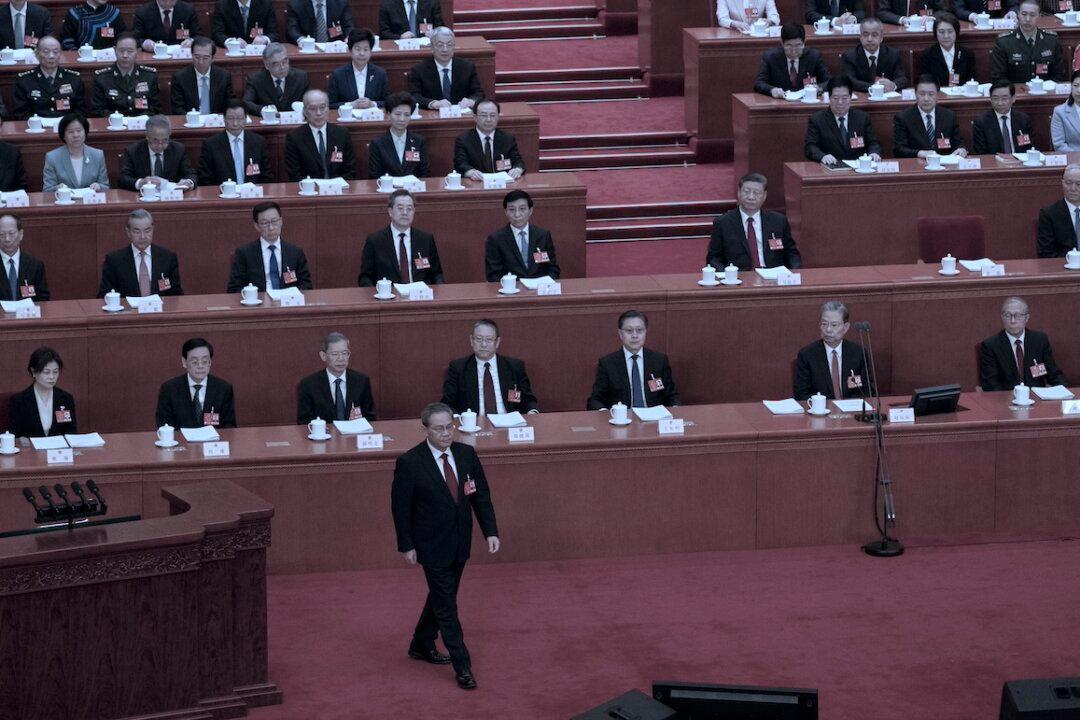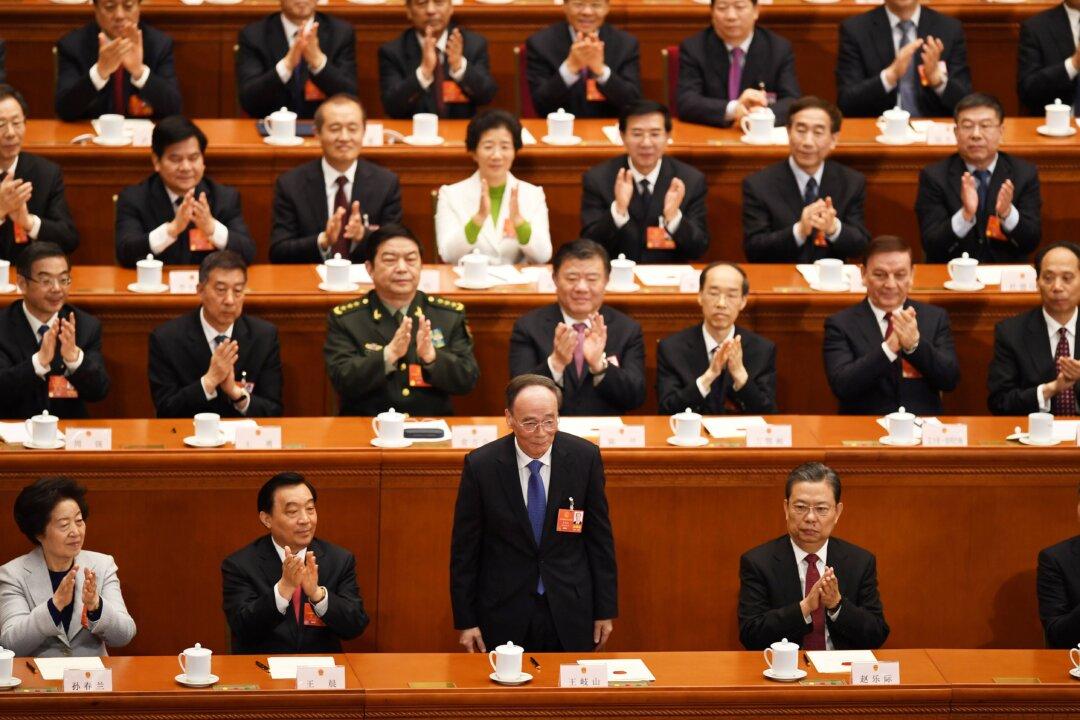During the Chinese New Year holiday, China saw a significant surge in gold purchases, with young consumers notably joining the buying spree.
Finance experts say gold is increasingly viewed as a stable investment amid uncertain times and economic challenges in China. This trend aligns with the Chinese adage, “Antiques in times of prosperity, gold in times of chaos.”





